
Become a Soft Furnishings Design Guru With Soft Design Lab
Jackie and Deb – you’ve fostered a wonderful creative community dedicated to educating, informing and inspiring the industry’s designers and manufacturers on soft furnishings. How did this collaboration come to be?
Literally in the back of a taxi. Jackie and I have known each other for many years and each time our paths crossed, we discussed the industry and our place in it. Three years ago, we were at a conference and spent a lot of time discussing what we love- (we’re both fabri-a-holics!), the state of the design industry, etc. On our way to the airport, it all came together for us in the back of the taxi. We saw a void and decided to fill it. Soft Design Lab is our passion project. It’s an online base camp and creative community dedicated to providing advanced education on soft furnishings design and business to designers and manufacturers. Soft Design Lab is meant to build a bridge between designers and manufacturers, to highlight new product, emerging trends, and start the conversation to promote better communication and profitable relationships. As partners in crime, design-wise, we complement each other, and frankly, we use our reputations as industry leaders to push our vision forward.

Manuel Canovas
What are some of the major soft goods trends for 2017?
Oh, we LOVE to talk trends! We know that it’s a buzz word that can be much maligned and overused, but we believe that understanding and capitalizing on trends is the difference between failure and success. So, here are the current soft goods trends that you should know about:
- Statement curtains take center stage
- Deconstructed stripes
- Sleep is the new luxury
- Flat is out, layering is in
- Floral fantasy – secret garden
- It’s personal – personalization and customization, one-of-a-kinds in soft goods
- Ornate ornamentation – leading the way to a new Baroque interior
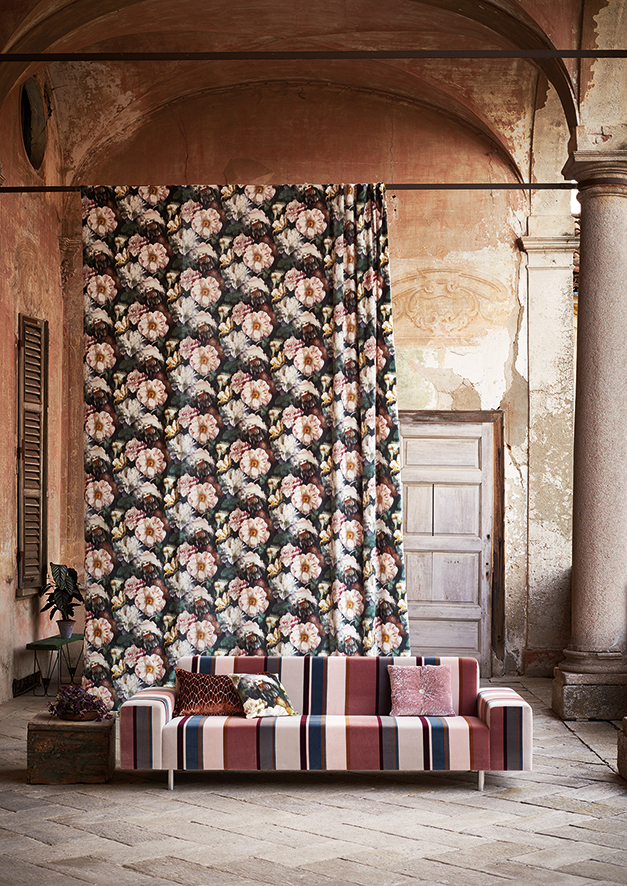
Romo Black Edition
How do you typically work with interior designers?
We interact with our community online and in person. Most of our offerings are virtual; from our downloadable PRO Guides and complimentary Take Ten Webinars, to interaction on our social media channels, intensive online expert live learning, and on-demand videos. But, we also build relationships with our community through our market tours and live events.
Based on your knowledge of the industry, what are the 3 biggest pain points interior designers face day-to-day when it comes to soft furnishings?
1. Over 50% of what is sold and specified in home furnishings is “soft” – textiles, upholstery, bedding, etc. Designing and selling soft furnishings can be one of the most profitable business categories. However, designers receive less than a semester of soft goods specification instruction in design school, if at all. The bottom line is that designers either don’t tackle soft goods, or, they do it poorly, therefore they don’t profit appropriately from this cash-rich category.
2. Most designers have little or no formal education in the soft furnishings design niche, and as a result, they are unable to adequately fulfill their clients’ needs, leaving substantial profits on the table. Many designers steer clear of the soft furnishings niche, creating a gap that leads to a loss of market share to sub-standard, inexpensive, ready-made, product because they lack the technical skill set to successfully sell and specify. The Soft Design Lab is breaking this cycle through education and practical real world skills for designers.
3. Consumers have lost touch with what constitutes “quality” soft furnishings which perpetuates the cycle of a diminishing market and designers who don’t understand how to counteract it.
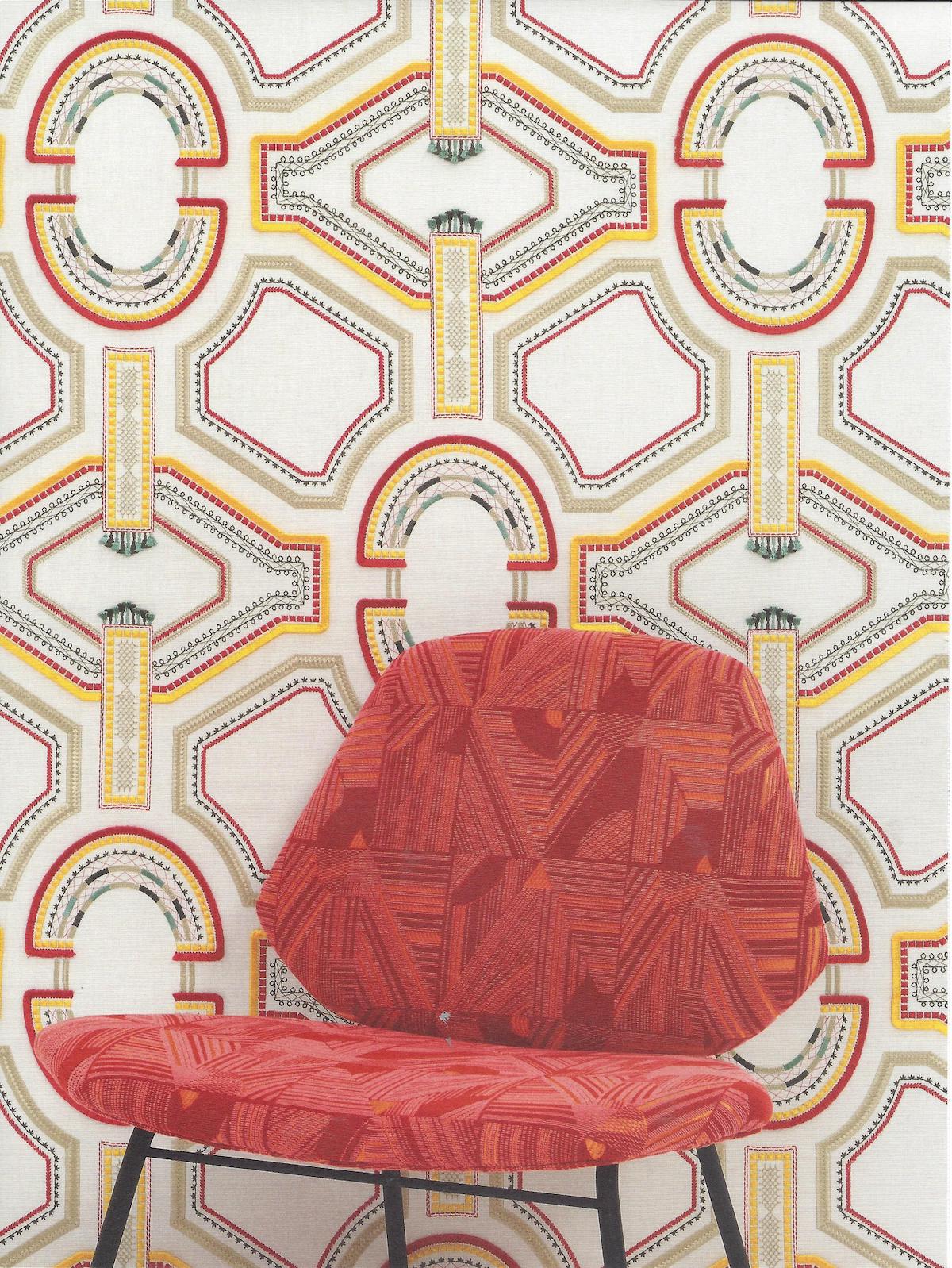
Leveliere
As soft goods gurus – what are some tips of best practices for mastering soft goods sourcing and fulfillment?
It takes a special skill set to confidently and accurately design, order, and fulfill custom soft goods. We strive to be the go-to source for this knowledge through our Pro-Books, Take Tens, Webinars and live courses. First, it’s about understanding the category, and then, working with vendors to help you understand their process, how to order, and specify product successfully. The most important tip is to build technical knowledge in each category – it’s similar to learning a new language, such as knowing the difference between a duvet and a comforter, or a cornice and a cantoneer. Then, you should understand the design guidelines and fabrication standards, along with being fluent in the math. This includes educating yourself about proportion, measurements, clearances, projections, pattern repeats, how to calculate yardage, etc.
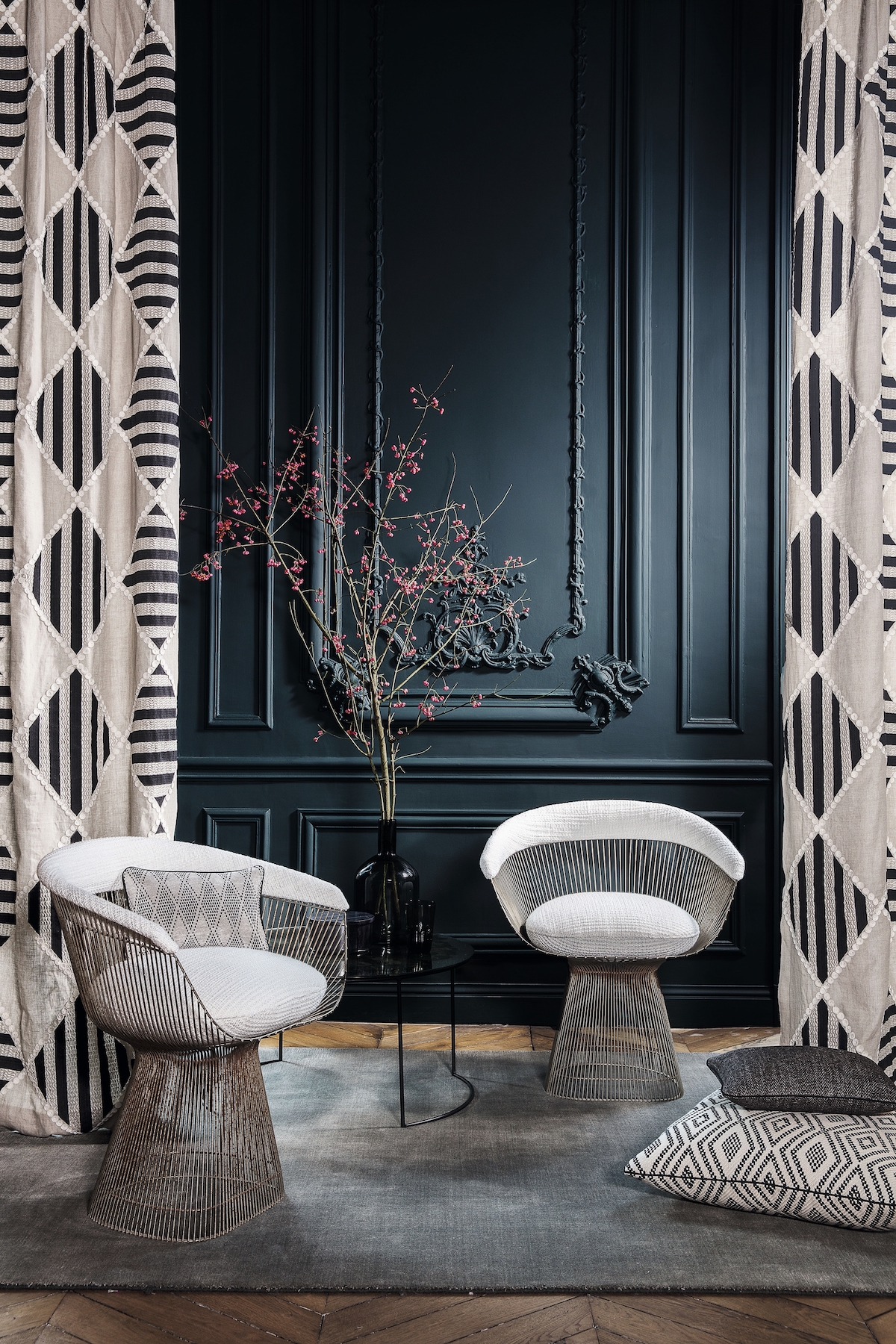
Leveliere
One of the inspiring ways Soft Design Lab educates the design community is via e-learning webinars. Why did you choose webinars as a vehicle for education and what kind of subjects are discussed?
Being designers ourselves, we know that convenience and easy access is a priority for designers. Webinar education is the perfect match; webinars are quick, accessible on any computer, and can also be watched live or on-demand at the designer’s convenience. We always strive to be at the forefront of education and technology, and webinars fit that bill. Both of us have been design educators offering live CEU accredited presentations for years, so, e-learning was a natural fit. Webinars allow us to offer a broad range of topics on the business and design sides of soft furnishings. Some of our favorite topics are our First Look Market Reports, our Soft Style series delving into both historical and global decorative styles, and our atelier series showcasing soft artisans and where they create. Of course, we also do deep dives into soft goods categories like bed linens or area rugs and the business of selling and managing projects. We are very proud of the library of varied topics we have been able to amass which is now available for download on Soft Design Lab to our community.
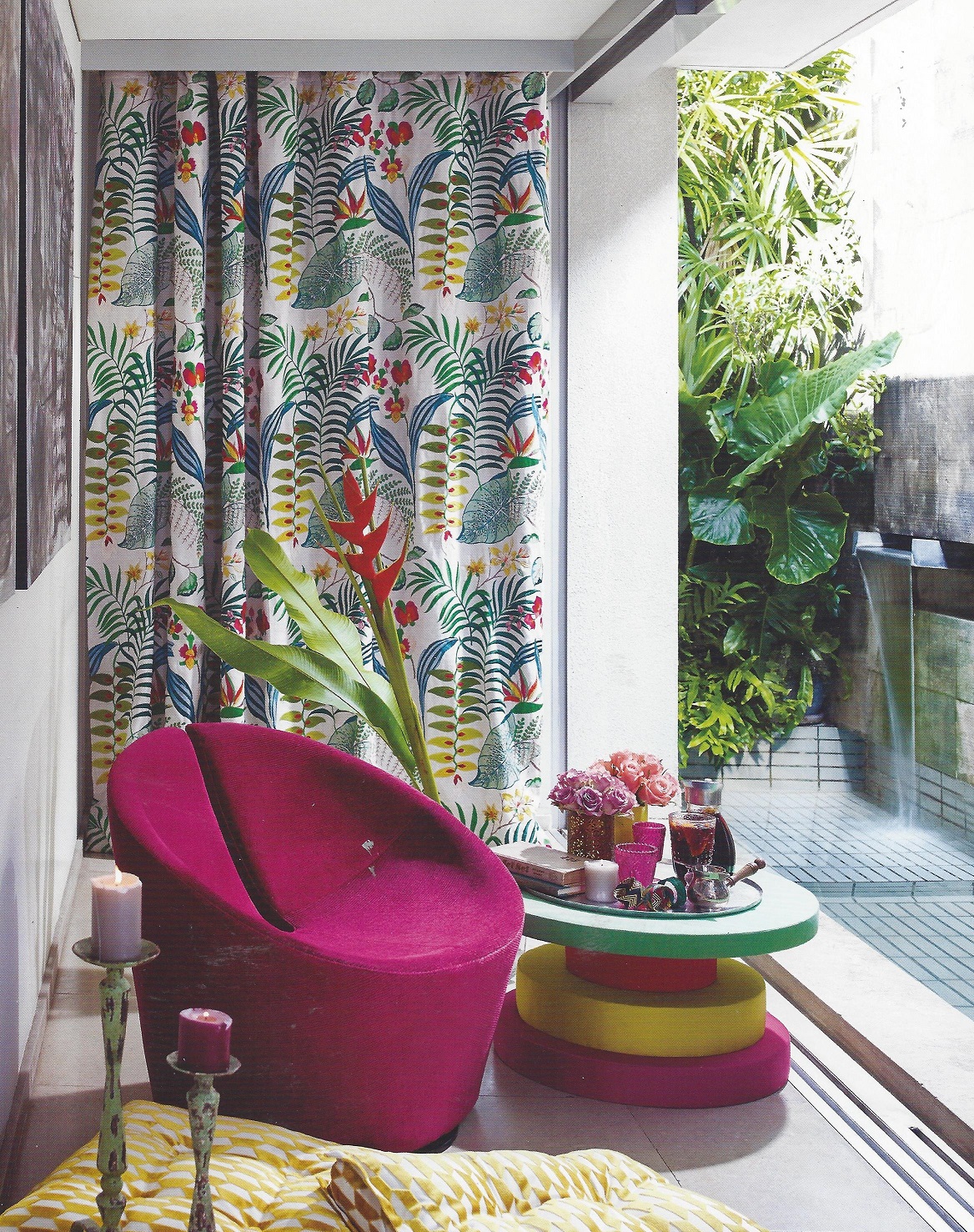
Courtesy of Soft Design Lab
In your opinion, how important is it to attend markets and trade shows?
It’s a must! We talk and blog about this often. Designers need to see, sit and feel products in person at market to be able to sell effectively to their clients. Why? Because most of the time, the client is relying on the designer to have this knowledge when making choices on their behalf. Our design market mantra is “Don’t discount the power of being there”. This applies to sourcing and seeing product, but also to the powerful networking and mentorship that inevitably happens. Attendees learn as much from each other as they do from others at markets and shows.
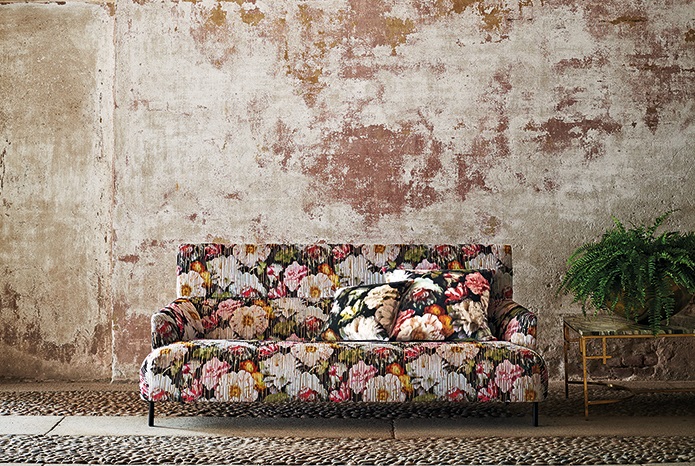
Romo
How can interior designers stay up-to-date on all things soft goods without attending market?
Watch our Market Reports!Who are some of your favorite soft furnishings manufacturers?
Our short list includes: Codarus, Design Legacy, Eastern Accents, Jaipur Living, Thibaut, Pyar and Co., and Callisto Home, Inc.

Courtesy of Soft Design Lab
How does the Soft Design Lab utilize social media to connect with the design community and generate brand awareness?
Great question! As designers, we value visual inspiration; so channels like Instagram and Facebook are our go-tos. Particularly, Facebook Pages and Groups generate a lot of brand recognition. We have a social media intern posting when we do our live events. We work with our community to build their followings and help them become influencers. By doing this, we increase ours. We have offered several intensive social media webinars on Soft Design Lab and have been at the forefront of the industry in promoting acceptance and utilization of technology and social media.
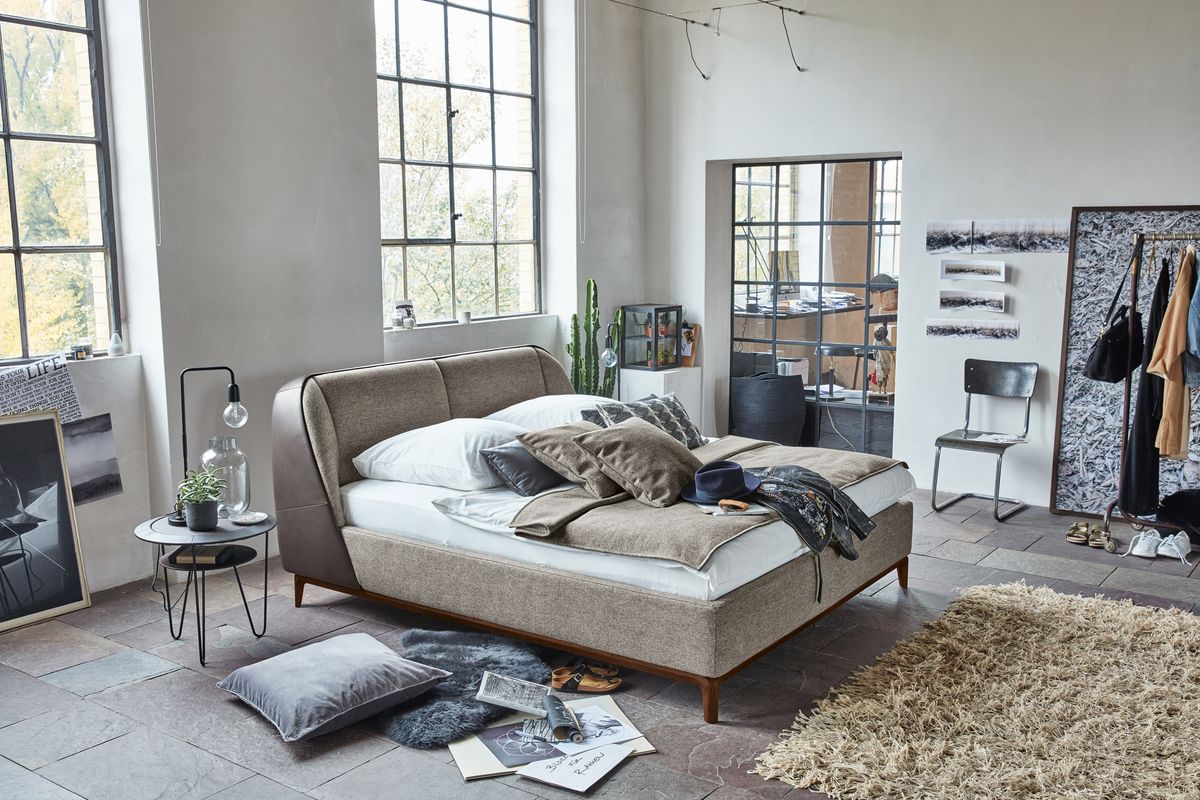
Birkenstocks
What are your goals for 2017?
We are focused on growing our community by offering more unique educational and informational content. We have had great success with our “Experts Series” and our new “Open Mike Happy Hour” live. Interactive Q&A sessions provide our community members with the opportunity to join the conversation and get real-time advice for pressing problems in their business. We are also expanding our tours both internationally and in the U.S.

Bluebell Gray
Are you an interior designer in search of an easy interior design software and project management tool to run your business? Learn more about Ivy here.



